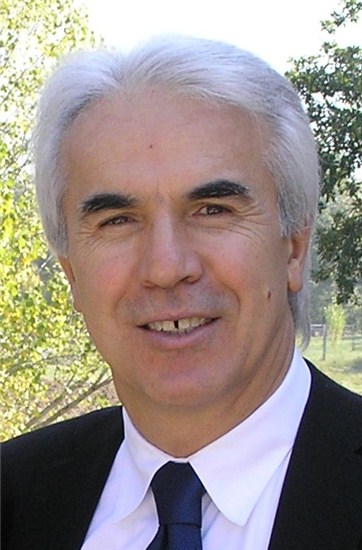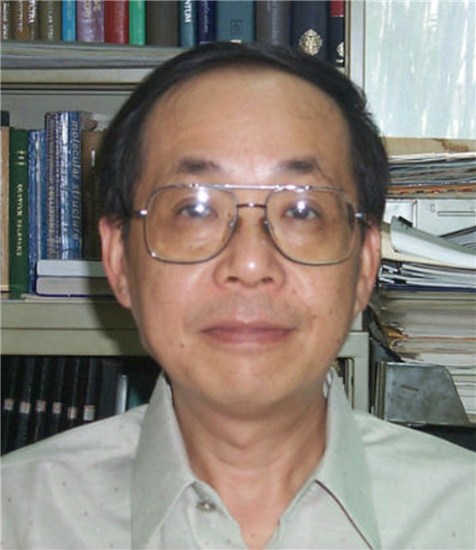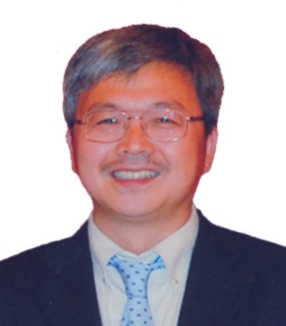Author Information
 Piergiorgio Casavecchia is a Professor of Physical Chemistry at the University of Perugia. He worked with Nobel Laureate Yuan T. Lee in Berkeley where he learned the subtleties of crossed molecular beam scattering with universal mass spectrometric detection. He has studied extensively elastic, inelastic and reactive collision processes using this technique. Over the past 20 years his main research interests have focused on the reaction dynamics of both simple triatomic and complex polyatomic elementary reactions. Recently, Professor Casavecchia has implemented 'soft' electron-ionization for product detection in crossed molecular beam experiments, which has proven invaluable for the investigation of gas-phase multichannel reactions. In 2008 he was awarded the Polanyi Medal for his contributions to gas-phase reaction dynamics and kinetics.
Piergiorgio Casavecchia is a Professor of Physical Chemistry at the University of Perugia. He worked with Nobel Laureate Yuan T. Lee in Berkeley where he learned the subtleties of crossed molecular beam scattering with universal mass spectrometric detection. He has studied extensively elastic, inelastic and reactive collision processes using this technique. Over the past 20 years his main research interests have focused on the reaction dynamics of both simple triatomic and complex polyatomic elementary reactions. Recently, Professor Casavecchia has implemented 'soft' electron-ionization for product detection in crossed molecular beam experiments, which has proven invaluable for the investigation of gas-phase multichannel reactions. In 2008 he was awarded the Polanyi Medal for his contributions to gas-phase reaction dynamics and kinetics.
Homepage: http://www.chm.unipg.it/chimgen/mb/exp3/casavecchia.html
 Kopin Liu is a Distinguished Research Fellow of the Institute of Atomic and Molecular Sciences, Academia Sinica, Taiwan. He received his Ph.D. in 1977 from Ohio State University, USA. His current research interests focus on product pair correlation in polyatomic reactions, mode and bond selective chemistry, and hydration dynamics.
Kopin Liu is a Distinguished Research Fellow of the Institute of Atomic and Molecular Sciences, Academia Sinica, Taiwan. He received his Ph.D. in 1977 from Ohio State University, USA. His current research interests focus on product pair correlation in polyatomic reactions, mode and bond selective chemistry, and hydration dynamics.
Homepage: http://kliu.iams.sinica.edu.tw/
 Xueming Yang received his B.S. degree in Physics from Zhejiang Normal University in 1982 and his M.Sc. degree in Chemical Physics from Dalian Institute of Chemical Physics, CAS in 1985. He obtained his Ph.D. in Chemistry from University of California at Santa Barbara in 1991. After postdoctoral works in Princeton University and University of California at Berkeley, he became an associated research fellow in the Institute of Atomic and Molecular Sciences in Taipei in 1995, and was promoted to a full research fellow with tenure in 2000. In 2001, he made a move to the Dalian Institute of Chemical Physics, Chinese Academy of Sciences. His main research interests are in the area of experimental chemical dynamics in the gas phase and at interfaces.
Xueming Yang received his B.S. degree in Physics from Zhejiang Normal University in 1982 and his M.Sc. degree in Chemical Physics from Dalian Institute of Chemical Physics, CAS in 1985. He obtained his Ph.D. in Chemistry from University of California at Santa Barbara in 1991. After postdoctoral works in Princeton University and University of California at Berkeley, he became an associated research fellow in the Institute of Atomic and Molecular Sciences in Taipei in 1995, and was promoted to a full research fellow with tenure in 2000. In 2001, he made a move to the Dalian Institute of Chemical Physics, Chinese Academy of Sciences. His main research interests are in the area of experimental chemical dynamics in the gas phase and at interfaces.
Homepage: http://www.chemdyn.dicp.ac.cn/index.html